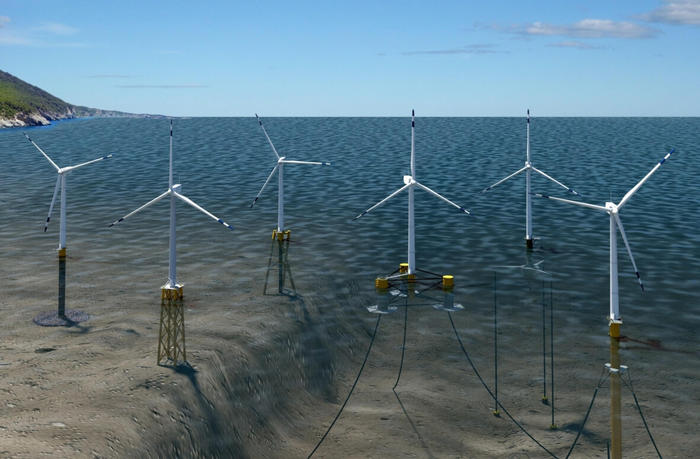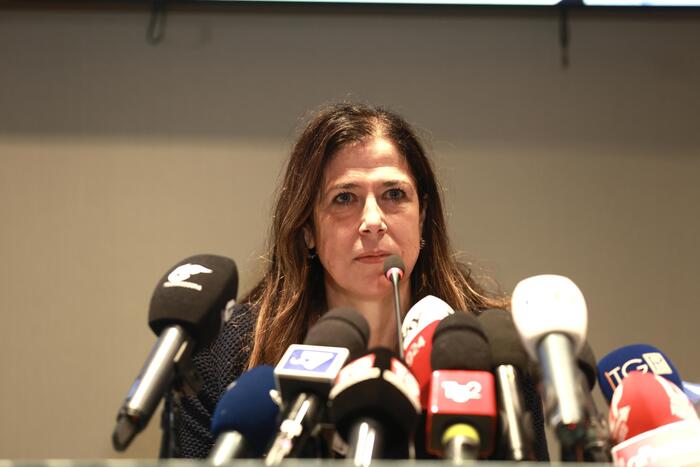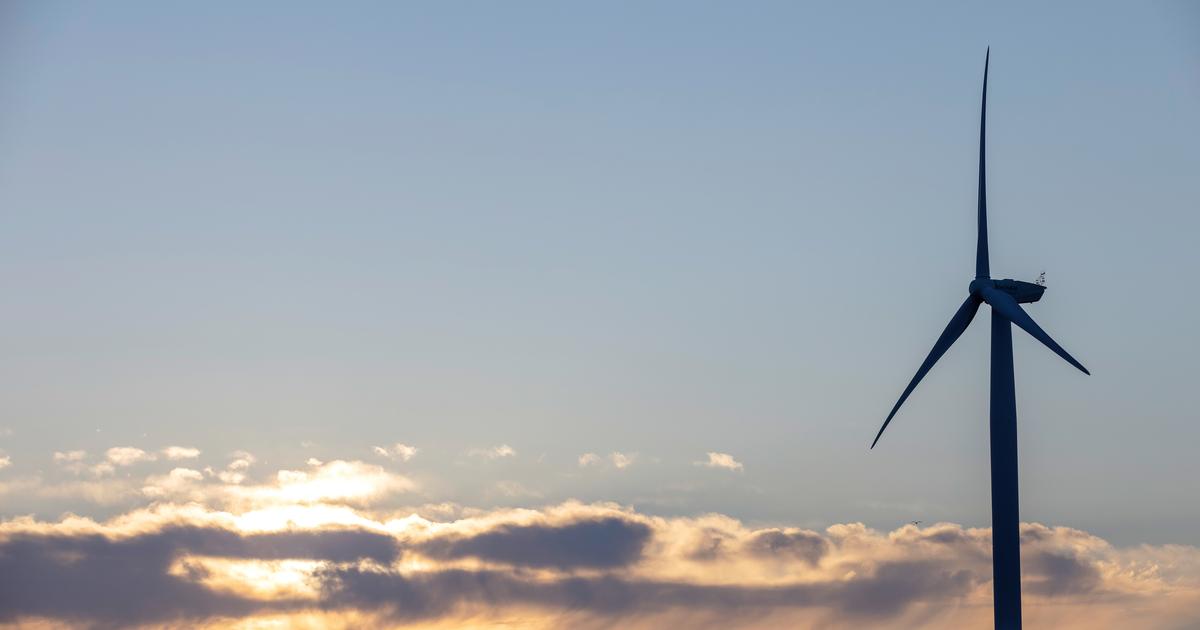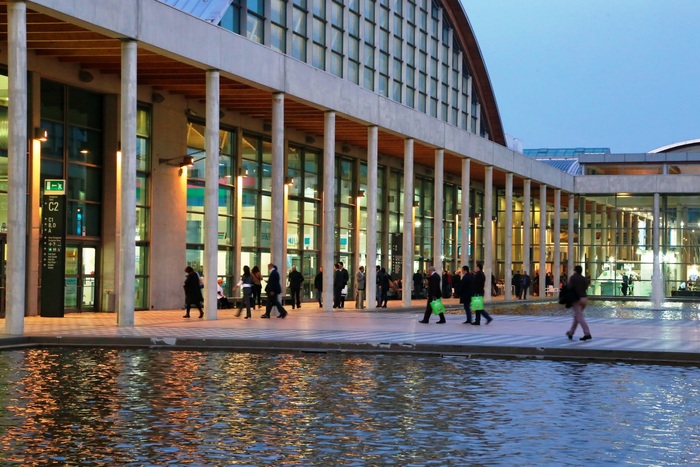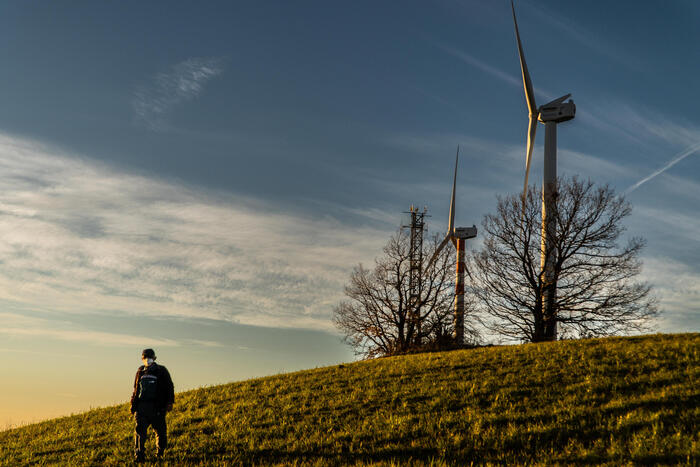"Offshore wind has good potential in the Mediterranean and in Italy, also thanks to new floating technologies. But to ensure that the sector can bring all its benefits, it is necessary to implement a bureaucratic transition, allowing operators to make their own work and intervening with works to speed up and simplify both the authorization process and the connection to the grid ".
This was stated by Simone Togni, president of ANEV, the association of wind energy companies, speaking at a conference organized by his association on the prospects of offshore wind in Italy.
"The Pniec (the national energy plan, ed) indicates the construction of 900 MW of offshore wind power by 2030" declared Carlo Di Primio, President of the Italian Association of Energy Economists (AIEE) -.
For a country with a few thousand km of coastline, these are certainly not important numbers.
To achieve its decarbonisation objectives, it is important for Italy to equip itself with offshore wind power.
But it is also important that this technology is not hindered by authorization processes that seem designed on the will not to do.
The government seems to want to follow this path.
We'll see".
"The issue of offshore wind is important both for Italy's decarbonisation process, which is clearly behind the EU objectives, and for creating jobs and wealth with new industrial sectors - says Livio de Santoli, President of the FREE Coordination, who gathers the renewable energy trade associations - but an urgent revision of the Pniec is needed, which must be coordinated with the Pnrr. The new Pniec should multiply by 2 and a half times the 10 GW installed now: of these, 6 GW should be offshore ".
"However - added de Santoli -, without an appropriate authorization system, all these numbers are useless. We need to put a heavy hand on the permitting system. With two or three years of waiting for permits, technologies risk becoming obsolete. Superintendencies are inexplicably too careful to deny authorizations ".
Offshore wind has great possibilities in Italy, a country with thousands of kilometers of coastline.
But we need faster authorizations, an update of the National Energy Plan (which now gives little space to this source) and communication work with local realities, often opposed to wind farms at sea.
This is the message launched by the sector managers who participated this morning in a conference of Anev (the trade association) on the prospects of offshore wind in Italy.
Guido Bortoni, consultant of the European Union, explained that "in offshore wind, Italy starts from scratch, not having plants yet. The Pniec (National Integrated Energy and Climate Plan) foresees 900 gigawatts by 2030. In Europe today the plants they are concentrated in the North Sea, the Baltic and the Atlantic. The EU target is 60 GW of offshore wind by 2030 and 300 by 2050 ".
The advantages of wind farms in the middle of the sea are the possibility of installing much larger blades than on land, the absence of soil consumption and the simpler authorization processes.
Northern Europe has an advantage because it has strong winds and shallow waters, on which the blades can be placed directly.
The Mediterranean has deep sea bottoms and less strong winds: here the floating wind power is more suitable, with the blades on floating platforms anchored to the seabed.
"Saipem has the technologies for floating wind power - explained the manager Francesco Racheli -. We build in the North Sea, in France and in Taiwan".
"The Pniec underestimates offshore wind - commented Luca Piemonti of Terna -, even though it is now being rewritten. The most suitable areas are west of Sardinia, south of Sicily and east of Puglia".
Gianni Silvestrini of the NGO Kyoto Club recalled how "in Rimini, Sardinia and Sicily the opposition of local authorities and the population has blocked offshore wind projects".
For the manager Lorenzo Palombi of BayWa "we need to work in communication with local realities".
"Wind power is one of the few technologies that can change the picture of renewables - said Giuseppe Onufrio of Greenpeace -. Very large blades are possible at sea, impossible on land. It is also a great opportunity for shipbuilding. he ecosystem is minimal: indeed, where there are shovels fishing is forbidden, and this creates areas of tranquility for the fauna and the seabed ".
For Stefano Ciafani of Legambiente "we got involved with offshore wind power: we signed a manifesto of support and accompanied projects in the area. We went publicly in favor of wind farms together with Greenpeace. But it is also essential to solve the problems of slow authorizations and denials of the Superintendencies ".
"We agree on offshore wind power - explained Rosalba Giugni di Marevivo -, but we want to be sure that it does not impact on the ecosystem. The problem is above all the noise of the blades. This is why we have commissioned research at the Anton Zoological Station. Dohrn, and we await the results ".
Maria Grazia Midulla of WWF explained that "we have not signed the manifesto on offshore wind because first we need criteria to do it well. It's not that because they are renewable, everything is fine. We are working on defining criteria, and then we will submit them to NGOs and to companies ".

